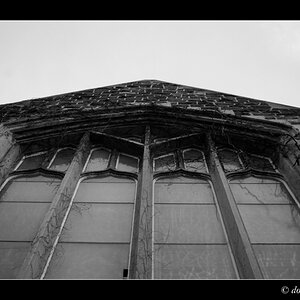Uglulyx Takes Photos Too
TPF Noob!
- Joined
- May 10, 2008
- Messages
- 167
- Reaction score
- 0
- Location
- Ontario, Canada
- Website
- www.flickr.com
- Can others edit my Photos
- Photos OK to edit
What are the advantages of using specific brands of film? I've hear =d that Fujifilm has good greens and Kodak has good reds. Just looking for some clarification.
Also is it bad to refridgerate film which I have exposed?
Also is it bad to refridgerate film which I have exposed?


![[No title]](/data/xfmg/thumbnail/34/34691-2fa9779b0e77f698b193a633b9242553.jpg?1619736604)
![[No title]](/data/xfmg/thumbnail/30/30877-ef8d8a8cf110d5566382bb4e8a76fd3f.jpg?1619734492)

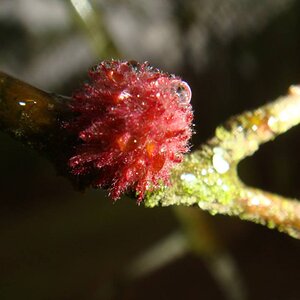

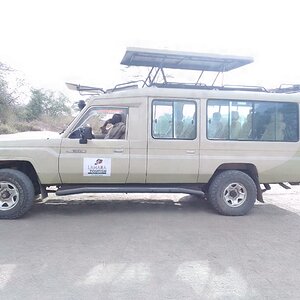
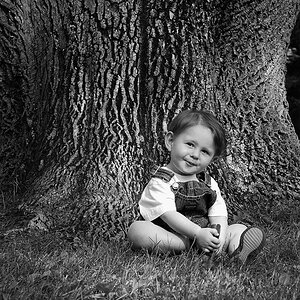
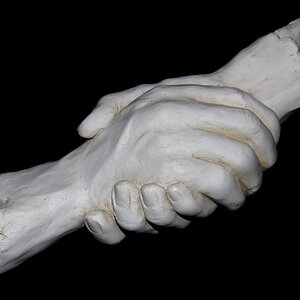

![[No title]](/data/xfmg/thumbnail/34/34694-c8f837b622c45caaa51c5507b8835376.jpg?1619736605)
